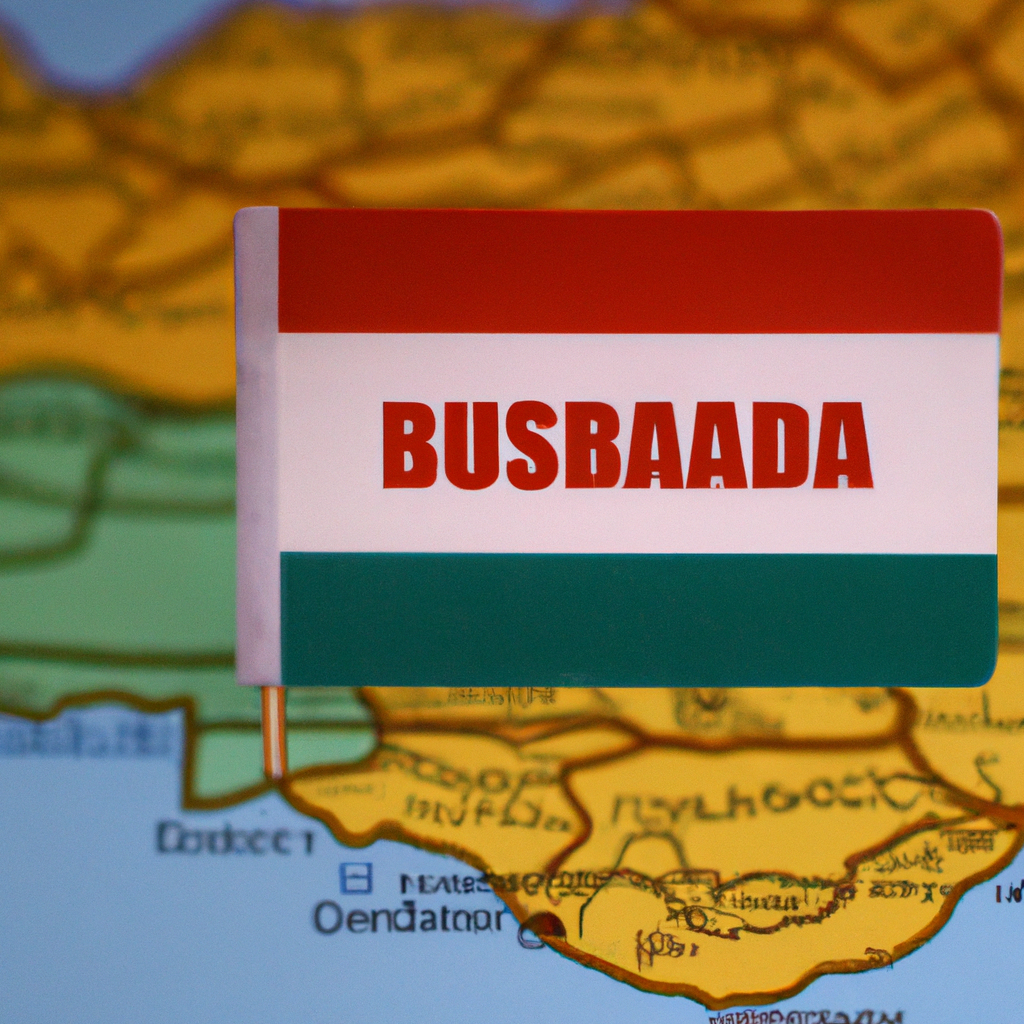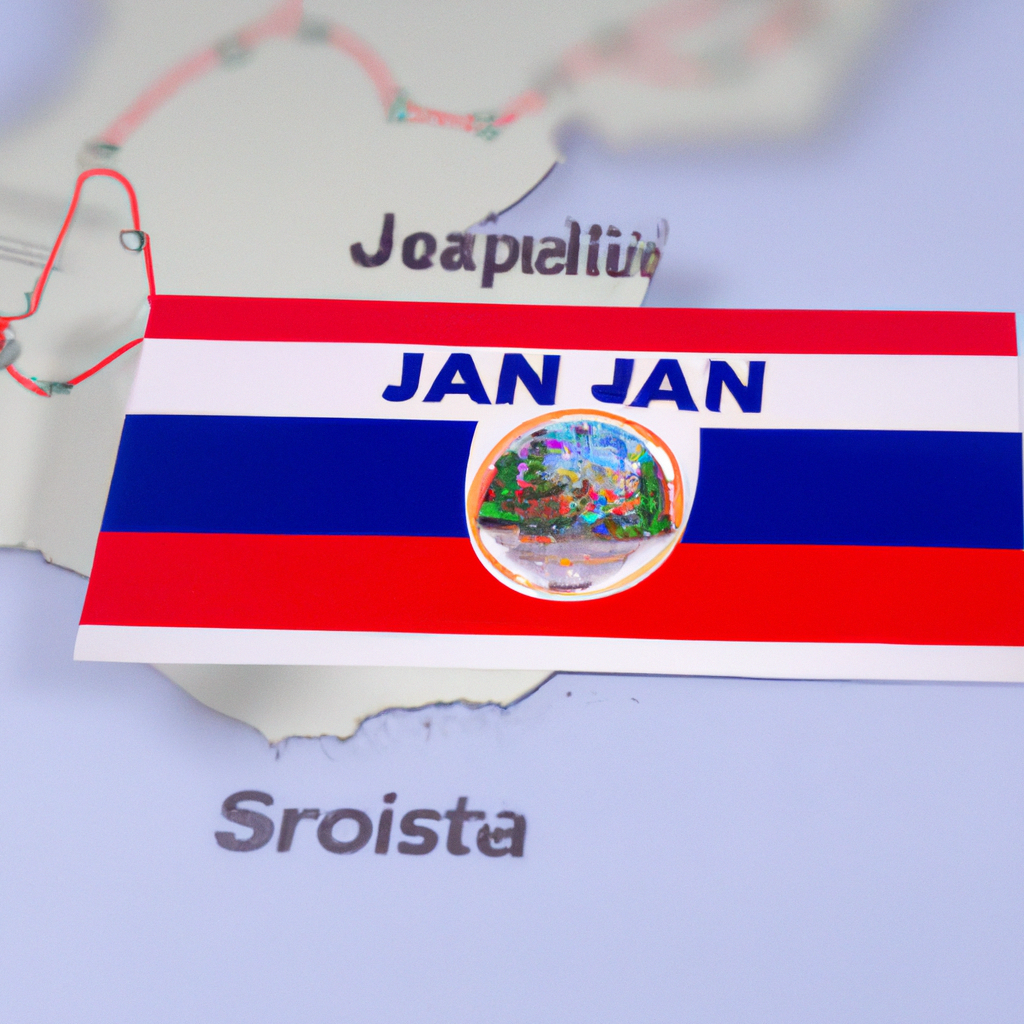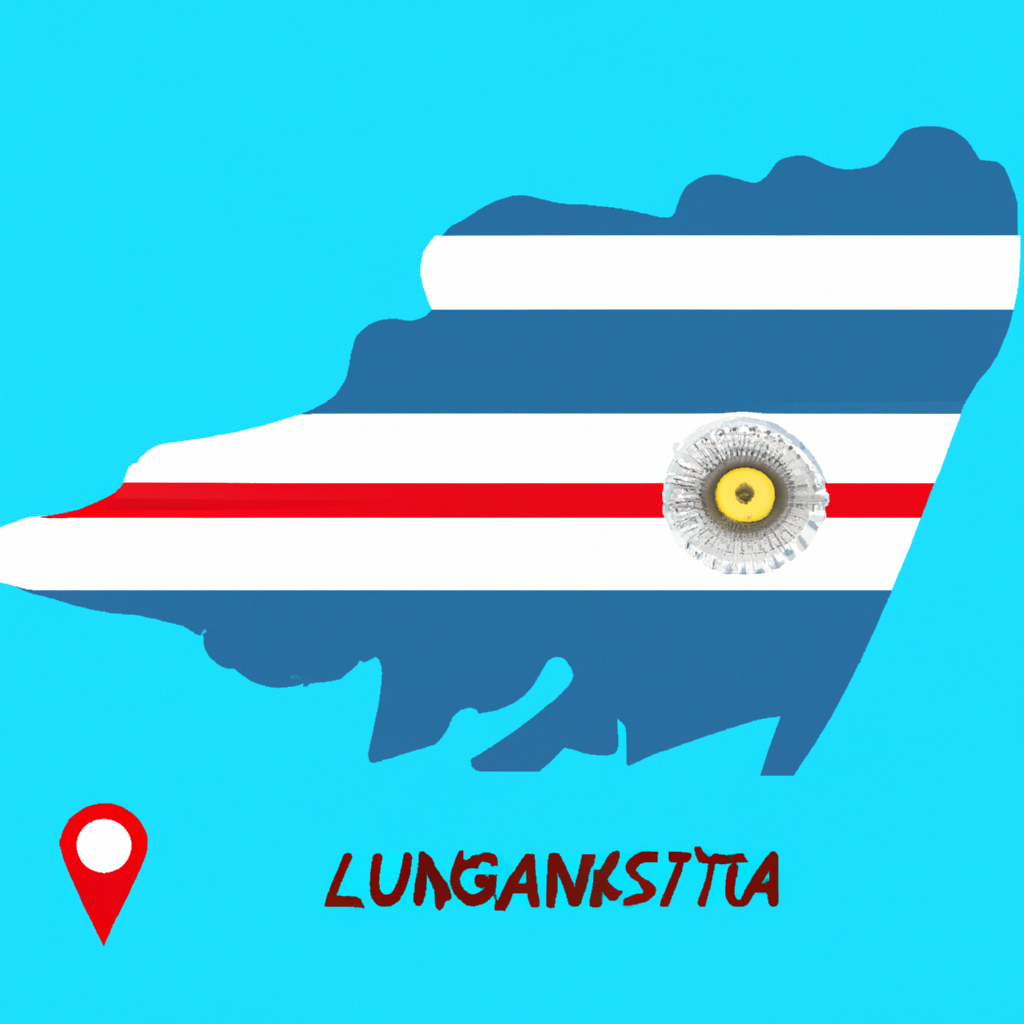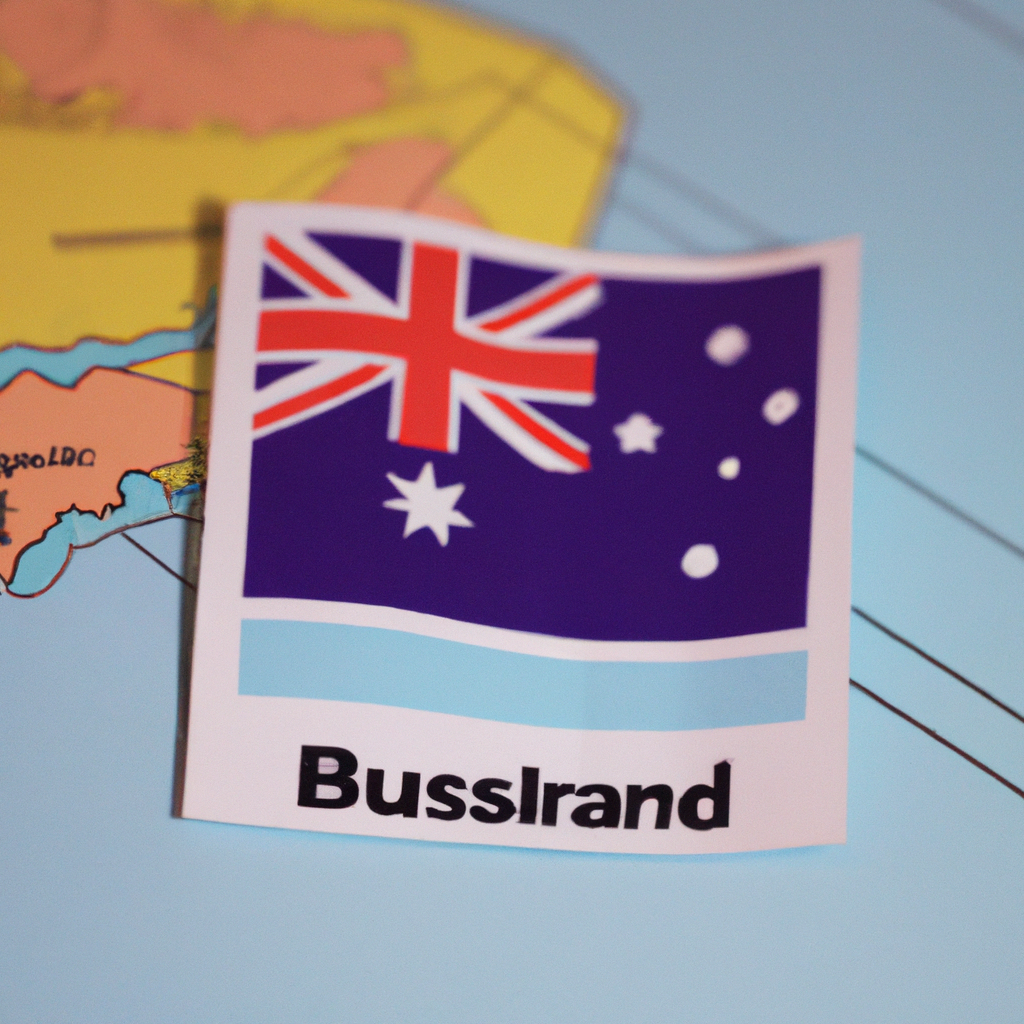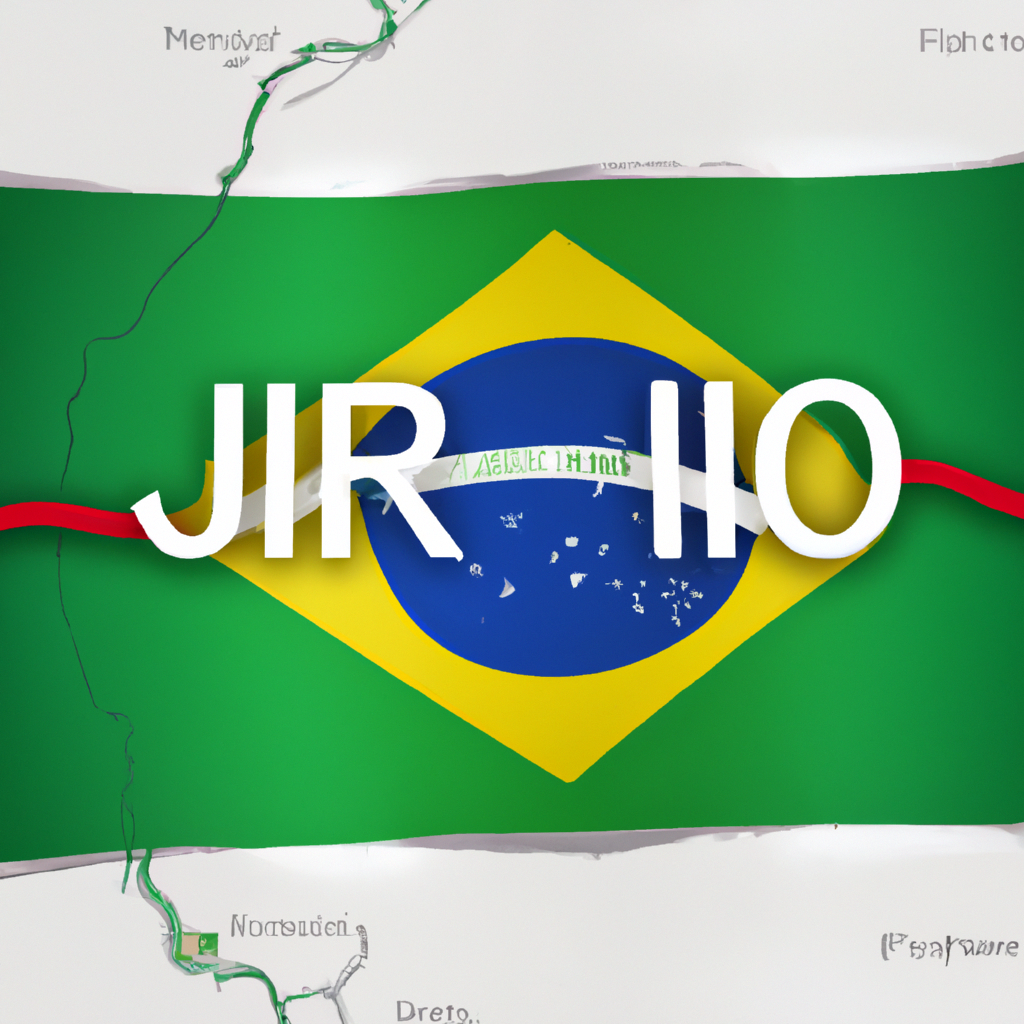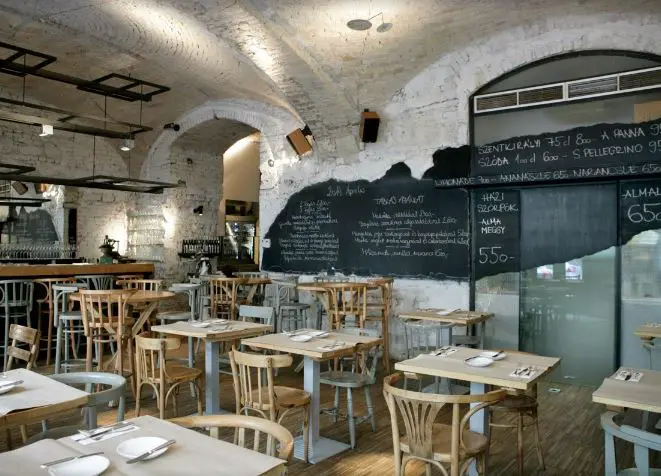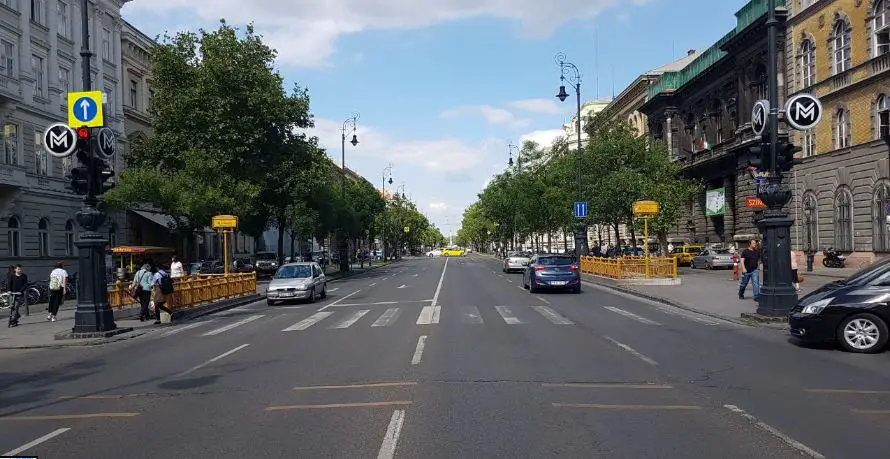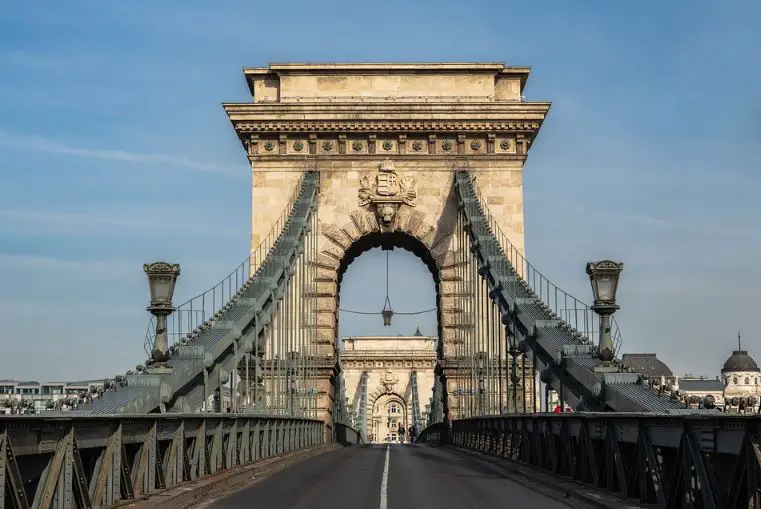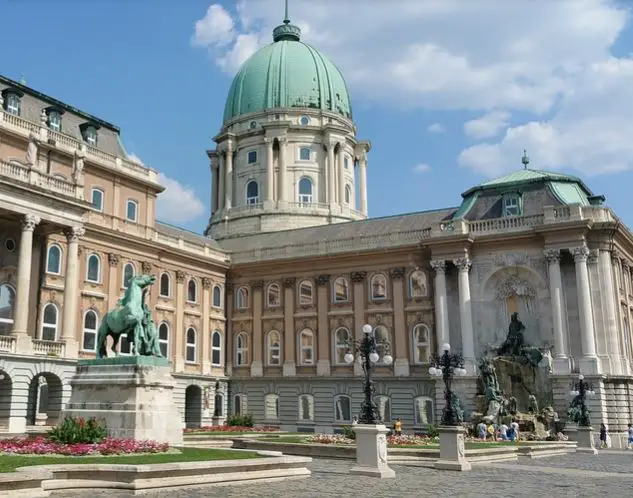Budapest, Hungary: Interesting Facts,History, Things to do,Why to Visit
Post ByAdequate Travel
Hungary is a landlocked country in Central Europe known for its rich history, stunning architecture, and vibrant culture. It has a population of approximately 9.7 million people. The capital and largest city is Budapest. The country has a diverse landscape, including the famous Danube River, beautiful lakes, and charming countryside. Hungary has been influenced by various civilizations throughout its history, including the Roman Empire, Ottoman Empire, and Austro-Hungarian Empire. It gained independence from the Soviet Union in 1991 and joined the European Union in 2004. Hungary has a mixed economy with strong industries such as automotive manufacturing, pharmaceuticals, and tourism. The country is also known for its love of sports, particularly football and water sports.hungary tourist attractions offer a diverse range of experiences for every traveler.
Interesting facts
1. Historical Significance
Hungary has a rich and diverse history that extends back more than 1,000 years. It was founded in 896 and has been an integral part of European history ever since. One of the most notable periods in Hungarian history was the Kingdom of Hungary, which lasted from 1000 to 1918. During this time, Hungary became a prominent power in the region and played a significant role in shaping Central European politics and culture.
Example: The coronation of the first Hungarian king, King Stephen I, in the year 1000, marked the beginning of the Kingdom of Hungary and a period of stability and prosperity.
2. Unique Language
Hungarian is a fascinating and unique language that belongs to the Uralic language family, which includes Finnish and Estonian. Unlike most European languages, Hungarian does not belong to the Indo-European language family. This linguistic isolation makes Hungarian quite intriguing and challenging to learn for foreigners.
Example: The Hungarian language has 14 vowels and 25 consonants, and its grammar is highly complex with numerous rules and exceptions.
3. Thermal Baths
Hungary is famous for its thermal baths and spas, which are deeply ingrained in the country's culture and history. These natural hot springs have been popular since Roman times and are believed to have numerous health benefits. Budapest, the capital city, boasts a range of stunning thermal baths known for their beautiful architecture and relaxing atmosphere.
Example: The Széchenyi Thermal Bath in Budapest is the largest medicinal bath in Europe and offers a variety of pools at different temperatures, saunas, and even a chess-playing area.
4. Inventions and Innovations
Hungary has been the birthplace of several important inventions and innovations that have had a significant impact on the world. Notable Hungarian inventors include János Irinyi, who invented the matchstick in 1836, and Ernő Rubik, who created the Rubik's Cube in 1974.
Example: The ballpoint pen, which revolutionized writing instruments, was patented by Hungarian-Argentinian journalist László Bíró in 1938.
5. Cuisine and Wine
Hungarian cuisine is known for its rich flavors and hearty dishes. Goulash, a traditional Hungarian soup made with meat and vegetables, is one of the most famous Hungarian dishes. Hungary is also renowned for its excellent wine production, particularly its sweet white dessert wines.
Example: Tokaji Aszú, a sweet wine made from late-harvested grapes affected by "noble rot," is considered one of Hungary's most prestigious wines.
From museums to parks,hungary tourist attractions offer something for everyone, making it a versatile destination for all type of tourists.History of Hungary
Hungary is a landlocked country located in Central Europe. Its history dates back to prehistoric times when the area was inhabited by various tribes and civilizations. Over the centuries, Hungary has experienced numerous significant events and changes that have shaped its present identity.Early Settlement and Medieval Kingdom:The Carpathian Basin, where Hungary is located, was settled by various tribes in ancient times. The most prominent among them were the Celts, Romans, and Huns. In the 9th century, the Magyars, a Uralic-speaking people, migrated to the region and established the Kingdom of Hungary. King Stephen I, who ruled from 1000 to 1038, converted the country to Christianity, and Hungary became a part of Western European civilization.Mongol Invasion and Golden Age:In the 13th century, Hungary faced a devastating invasion by the Mongols, led by Ögedei Khan. The invaders caused extensive damage, pillaging villages and towns. However, the Mongols retreated due to internal conflicts in their empire. This period of invasion was followed by the Golden Age of Hungary, under the rule of King Béla IV. The king rebuilt the country, promoted economic development, and initiated various cultural advancements.Ottoman Occupation and Habsburg Rule:Hungary faced a significant challenge in the 16th century when the Ottoman Empire invaded the region. The Ottomans occupied a large part of Hungary for almost 150 years, resulting in battles and conflicts known as the Ottoman-Hungarian Wars. The Habsburg dynasty, ruling the neighboring Austria, eventually gained control over Hungary in the 18th century. Hungary became a part of the Austro-Hungarian Empire, which lasted until the end of World War I.Hungarian Revolution and Soviet Era:During World War I, the Austro-Hungarian Empire collapsed, leading to the formation of an independent Hungary. However, this newfound independence was short-lived, as Hungary faced turmoil and political instability. In 1956, a popular uprising against the Soviet-dominated communist regime took place, known as the Hungarian Revolution. The revolution was brutally suppressed by the Soviet Union, and Hungary remained under Soviet influence until 1989.Transition to Democracy and EU Membership:Following the end of Soviet rule, Hungary underwent significant political and economic reforms. The country transitioned to democracy and a market-based economy, paving the way for its integration into the European Union. Hungary became a member of the EU in 2004 and has since been an active participant in European affairs.Modern Challenges and Cultural Heritage:In recent years, Hungary has faced various challenges, including debates on immigration policies, nationalist sentiments, and strained relations with some EU members. Nevertheless, Hungary remains known for its rich cultural heritage, including its language, folk traditions, music, and architecture. Budapest, the capital, is famous for its stunning architectural landmarks like the Hungarian Parliament Building and the Buda Castle.In summary, Hungary's history is a tale of ancient civilizations, invasions, occupations, revolutions, and transitions. Through it all, Hungary has endured and evolved into a thriving European nation, proud of its cultural heritage and contributions to global history.Exploring the rich heritage of historical sites in hungary is a journey through time and culture.Famous Things of Hungary
1. Budapest
Budapest, the capital city of Hungary, is one of the most famous attractions in the country. Known as the "Pearl of the Danube," Budapest offers a stunning array of architectural wonders, including the Buda Castle, Fisherman's Bastion, Hungarian Parliament Building, and St. Stephen's Basilica. The city is also famous for its thermal baths, such as the Széchenyi Thermal Bath and Gellért Thermal Bath, which are popular among locals and tourists alike.
2. Lake Balaton
Lake Balaton is the largest lake in Central Europe and a popular tourist destination in Hungary. Known as the "Hungarian Sea," it offers beautiful landscapes, serene beaches, and numerous recreational activities. Many tourists visit Lake Balaton to relax, swim, sail, or enjoy water sports. The surrounding area is home to several charming towns and resorts, such as Balatonfüred and Siófok, offering a vibrant atmosphere and a variety of cultural events throughout the year.
3. Hungarian Cuisine
Hungarian cuisine is renowned for its rich flavors and unique dishes. Goulash, a hearty meat stew seasoned with paprika, is one of the country's most famous dishes. Another popular Hungarian food is lángos, a deep-fried flatbread often served with garlic and sour cream. Other must-try Hungarian delicacies include chimney cake (kürtőskalács), dobos torte (layered cake), and Tokaji wine, which is a world-famous sweet white wine produced in the Tokaj region of Hungary.
4. Hungarian Folklore
Hungary has a rich tradition of folklore, which is deeply ingrained in the country's culture. Hungarian folk music and dance play a significant role in preserving these traditions. Traditional Hungarian folk dances, such as the csárdás, involve intricate footwork and energetic movements. The colorful traditional costumes and music are showcased in various cultural festivals and events throughout Hungary, allowing visitors to immerse themselves in the country's unique heritage.
5. Hungarian Inventions
Hungary has been the birthplace of numerous inventions that have made significant contributions to various fields. Examples include the Rubik's Cube, which was invented by Hungarian architect Ernő Rubik, and the biro (ballpoint pen), which was patented by Hungarian-Argentinian journalist László Bíró. Other notable Hungarian inventions include the holography technique, the theory of electrical power, and the krypton electric bulb.
Conclusion
Hungary offers a diverse range of famous attractions, from its magnificent capital city Budapest and picturesque Lake Balaton to its delicious cuisine, vibrant folklore, and influential inventions. Whether it's exploring the architectural wonders, indulging in traditional dishes, or immersing oneself in the country's cultural heritage, Hungary has something for every traveler to enjoy.
Discover some unique facts about hungary that will leave you amaze and intrigue.Culture of Hungary
Hungary is a country with a rich and diverse culture that is influenced by its history, geography, and the various ethnic groups that have inhabited the region. The Hungarian culture is known for its unique traditions, art, music, literature, and cuisine.
Traditions
- Folk dances and traditional costumes: Hungary has a vibrant folk dance tradition, with various regional dances and costumes. The most famous is the Hungarian Csárdás, a lively dance performed by couples. Traditional costumes are often worn during festivals and special occasions.
- Celebrations and festivals: Hungary has a calendar filled with traditional celebrations and festivals, such as the Budapest Spring Festival, the Palóc Festival, and the Busójárás. These events showcase Hungarian music, dance, food, and crafts.
Art and Literature
- Hungarian visual arts: Hungarian artists have made significant contributions to the art world. Notable painters include Mihály Munkácsy, István Csók, and József Rippl-Rónai. The Hungarian National Gallery in Budapest houses an impressive collection of Hungarian art.
- Hungarian literature: Hungary has a rich literary tradition, with esteemed authors such as Sándor Márai, Imre Kertész, and Magda Szabó. Famous works include "Embers" by Sándor Márai and "Fatelessness" by Imre Kertész, which won the Nobel Prize in Literature in 2002.
Music
- Classical music: Hungary has a strong classical music tradition, with influential composers like Franz Liszt, Béla Bartók, and Zoltán Kodály. The Budapest Festival Orchestra and the Hungarian State Opera House are renowned for their performances.
- Traditional Hungarian music: The folk music of Hungary is characterized by its energetic rhythms and unique instruments like the cimbalom. The Hungarian folk music band "Muzsikás" has gained international recognition for preserving and showcasing traditional Hungarian music.
Cuisine
- Hungarian cuisine: Hungarian food is flavorful and diverse, with popular dishes like goulash (a hearty meat and vegetable stew), lángos (fried bread), and chimney cake (a sweet pastry). Paprika is a common spice used in many Hungarian dishes.
- Wine: Hungary has a long history of winemaking, with several wine regions known for producing high-quality wines. Tokaj, for example, is famous for its sweet dessert wines.
In summary, the culture of Hungary is a fascinating blend of traditions, art, music, literature, and cuisine. Its unique customs and celebrations, talented artists and writers, renowned classical and folk music, as well as flavorful dishes, contribute to the vibrant cultural scene of Hungary.Immerse yourself in the local culture by exploring hungary's top-rated tourist attractions.Cuisine of Hungary
Hungarian cuisine is a reflection of the country's rich history and diverse culinary influences. It combines elements from Turkish, Austrian, and Slavic cuisines, as well as traditional dishes unique to Hungary.1. Goulash (Gulyás): This iconic Hungarian stew is made with tender chunks of beef, vegetables, and paprika, giving it a rich and flavorful taste. It is often accompanied by traditional Hungarian dumplings called nokedli.
2. Lángos: Lángos is a popular street food in Hungary. It is a deep-fried flatbread topped with various toppings like sour cream, cheese, garlic, or even Nutella for a sweet version.
3. Dobos Torte: This classic Hungarian cake is made up of layers of sponge cake filled with chocolate buttercream and topped with caramel. It is known for its distinctive decoration of caramelized sugar patterns.
4. Hortobágyi Palacsinta: This savory pancake dish is filled with seasoned ground meat and then baked in a paprika sauce. It is a delicious combination of flavors and textures.
5. Kürtőskalács: Also known as chimney cakes, kürtőskalács are sweet pastries made by wrapping dough around a cylindrical baking spit, then roasting it over an open fire. They are typically coated with sugar and cinnamon, resulting in a crispy and caramelized exterior.
Examples in p tag point-wise:
1. Hungarian cuisine is a blend of Turkish, Austrian, and Slavic influences.
2. Goulash is a popular Hungarian stew made with beef, vegetables, and paprika.
3. Lángos is a deep-fried flatbread topped with various toppings like sour cream or cheese.
4. Dobos Torte is a cake consisting of multiple layers filled with chocolate buttercream and topped with caramel.
5. Hortobágyi Palacsinta is a savory pancake filled with seasoned ground meat and baked in a paprika sauce.
6. Kürtőskalács, also known as chimney cakes, are sweet pastries with a crispy and caramelized exterior.
Discover unique facts about hungary, a destination filled with rich history and natural beauty.1. Explore Budapest
Budapest, the capital of Hungary, is a vibrant city with a rich history, stunning architecture, and a lively arts and culinary scene. Some of the must-visit attractions in Budapest include:
- Buda Castle: Explore the historic castle complex and enjoy panoramic views of the city.
- Parliament Building: Admire the impressive neo-Gothic architecture of one of Europe's largest Parliament buildings.
- Chain Bridge: Walk across the iconic suspension bridge connecting Buda and Pest, offering beautiful Danube River views.
- Thermal Baths: Relax in Budapest's famous thermal baths, such as Gellért or Széchenyi, known for their healing properties.
2. Visit the Tokaj Wine Region
The Tokaj Wine Region, located in northeastern Hungary, is renowned for producing exquisite wines, particularly Tokaji Aszú, a sweet dessert wine. Here are some highlights:
- Wine Tours: Take a guided tour through vineyards, cellars, and wineries to learn about the winemaking process and taste a variety of wines.
- Hermitage Museum and Wine Cellar: Visit a UNESCO World Heritage site that houses historical wine cellars and exhibits on Tokaj's winemaking history.
- Tarcal: Explore the charming town of Tarcal, known for its wine production, and visit local wineries for tastings.
3. Discover the Danube Bend
The Danube Bend is a picturesque section of the Danube River, located just north of Budapest. It offers stunning natural landscapes and historic towns. Here are some highlights:
- Visegrád: Visit the medieval fortress of Visegrád and enjoy panoramic views of the Danube River.
- Esztergom: Explore the historic town of Esztergom, known for its grand basilica, the largest church in Hungary.
- Szentendre: Wander through the charming artists' town of Szentendre, known for its colorful buildings and artistic atmosphere.
4. Relax in Lake Balaton
Lake Balaton, often referred to as the "Hungarian Sea," is Central Europe's largest freshwater lake. It offers a wide range of activities and attractions:
- Beach Activities: Enjoy swimming, sunbathing, and water sports at the lake's various beaches.
- Wine Tasting: Visit wineries around the lake and taste the local wines, such as the famous Balatonfüred-Csopak white wines.
- Tihany Peninsula: Explore the scenic Tihany Peninsula, known for its lavender fields, charming villages, and the Tihany Abbey.
5. Experience the Eger Wine Region
The Eger Wine Region, located in northern Hungary, is another renowned wine-producing area. It is famous for its red wine, Egri Bikavér (Bull's Blood). Here are some highlights:
- Eger Castle: Visit the medieval castle of Eger, which played a crucial role in Hungary's history. Enjoy panoramic views from its towers.
- Wine Cellars: Explore the underground wine cellars and taste the region's exquisite wines.
- Eger's Basilica: Admire the beautiful neoclassical basilica of Eger, dedicated to St. John the Apostle.
Climate of Hungary
Hungary has a temperate continental climate, characterized by hot summers and cold winters. The climate is influenced by various geographical factors, such as its landlocked position, the Carpathian Mountains to the north, and the Great Hungarian Plain to the east. Here are some key points about Hungary's climate:
1. Summers
In Hungary, summers are usually hot and dry. The average temperature during summer ranges between 25°C to 30°C (77°F to 86°F). However, extreme heatwaves can occur, with temperatures exceeding 35°C (95°F). Precipitation is relatively low during this season, resulting in occasional droughts.
2. Winters
Winters in Hungary are cold, with temperatures ranging from -1°C to -5°C (30°F to 23°F). The northern parts of the country, near the Carpathian Mountains, experience colder temperatures and heavier snowfall. In some regions, the temperature can drop below -10°C (14°F).
3. Spring and Autumn
Spring and autumn in Hungary are transitional seasons with moderate temperatures. Spring (March to May) brings increasing sunshine and rainfall, leading to lush green landscapes. Autumn (September to November) is a beautiful season with pleasant temperatures and colorful foliage.
4. Precipitation
Hungary has a relatively low annual precipitation overall, ranging from 500mm to 800mm (20 inches to 31 inches). The wettest months are typically May and June, while the driest months are usually January and February. Thunderstorms can occur during the summer months.
5. Regional Differences
Hungary's climate can vary slightly between different regions. The western and eastern parts of the country tend to receive slightly more precipitation than the central areas. The region near Lake Balaton, one of Europe's largest freshwater lakes, has a slightly milder climate and more sunshine hours.
In conclusion, Hungary has a temperate continental climate with hot, dry summers and cold winters. Spring and autumn provide moderate and pleasant temperatures. Precipitation is relatively low overall, with regional variations. Understanding Hungary's climate can help in planning activities and enjoying the country's diverse natural landscapes.Step back in time as you visit the historical sites in hungary, where the past comes alive.Popular Activities in Hungary
1. Exploring Budapest:
Budapest, the capital city of Hungary, offers a wide range of activities for visitors. You can start by exploring historical landmarks such as the Buda Castle, Matthias Church, and the Parliament Building. Take a stroll along the Danube River or relax in one of the famous thermal baths like Széchenyi or Gellért.
2. Visiting Lake Balaton:
Lake Balaton, known as the "Hungarian Sea," is the largest lake in Central Europe. It offers a variety of water activities, including swimming, sailing, and fishing. You can also explore picturesque towns around the lake, such as Keszthely or Tihany.
3. Wine Tasting in Eger or Tokaj:
Hungary has a rich wine culture, and two prominent wine regions are Eger and Tokaj. In Eger, you can visit historic wine cellars, taste famous red wines like Egri Bikavér, and enjoy the beautiful Eger Castle. Tokaj is renowned for its sweet dessert wines, and a visit to the Tokaj-Hegyalja region offers opportunities to explore vineyards, taste wines, and learn about the winemaking process.
4. Exploring the Hungarian Countryside:
Beyond the cities, Hungary's countryside holds numerous charming villages and natural wonders. You can visit Hollókő, a UNESCO World Heritage site known for its well-preserved traditional architecture, or explore the Hortobágy National Park, a vast grassland filled with indigenous wildlife. Another popular destination is the Aggtelek National Park, which houses the stunning Baradla Cave.
5. Attending Festivals:
Hungary hosts various festivals throughout the year, celebrating its cultural heritage and traditions. The Sziget Festival in Budapest is one of Europe's largest music festivals, attracting both local and international performers and audiences. Other notable events include the Budapest Wine Festival, the Budapest Spring Festival, and the Busójárás carnival in Mohács.
Plan your trip with a list of the best things to do in hungary, catering to all interests.Night Life in Hungary
When it comes to night life, Hungary offers a wide range of options for locals and tourists alike. From vibrant nightclubs to cozy bars and cultural events, there is something for everyone. Here are some highlights of the night life in Hungary:
1. Budapest's Ruin Bars
Budapest is known for its unique ruin bars. These bars are set up in abandoned buildings or courtyards, creating a quirky and captivating atmosphere. Some popular ruin bars include Szimpla Kert, Instant, and Fogas Ház. They offer a variety of music, art exhibitions, and delicious drinks.
2. Nightclubs and Music Festivals
Hungary is home to numerous vibrant nightclubs and music festivals. The country hosts several renowned music events, such as Sziget Festival in Budapest, Balaton Sound on the shores of Lake Balaton, and Volt Festival in Sopron. These festivals attract music enthusiasts from all around the world and offer an unforgettable experience.
3. Thermal Baths
While not a traditional night life option, Hungary's thermal baths are a popular evening activity. Many thermal baths, such as the iconic Széchenyi Thermal Bath in Budapest, stay open until late at night. This allows visitors to relax in the warm waters while enjoying the vibrant atmosphere, often accompanied by live music or DJ performances.
4. Cultural Events
Hungary is rich in cultural events that take place during the evening hours. These events can include concerts, theater performances, ballet shows, and opera productions. Budapest's renowned Hungarian State Opera House and Palace of Arts regularly host such events, providing a sophisticated night out for those interested in the arts.
5. Wine Bars and Craft Beer Spots
Hungary has a flourishing wine and craft beer scene, making it an excellent destination for those who enjoy a good glass of wine or beer. Wine bars, such as Kadarka Wine Bar in Budapest, offer a wide selection of Hungarian wines, allowing visitors to explore the country's rich winemaking tradition. Craft beer spots, such as Jónás Craft Beer House in Budapest, provide a variety of locally brewed beers for beer enthusiasts to enjoy.
Overall, Hungary's night life scene offers diverse options for entertainment and relaxation. Whether you prefer dancing the night away in energetic nightclubs, exploring unique ruin bars, or immersing yourself in cultural events, Hungary has something to offer. So, venture out and experience the vibrant night life this beautiful country has to offer.hungary tourist attractions offer a diverse range of experiences for every traveler.